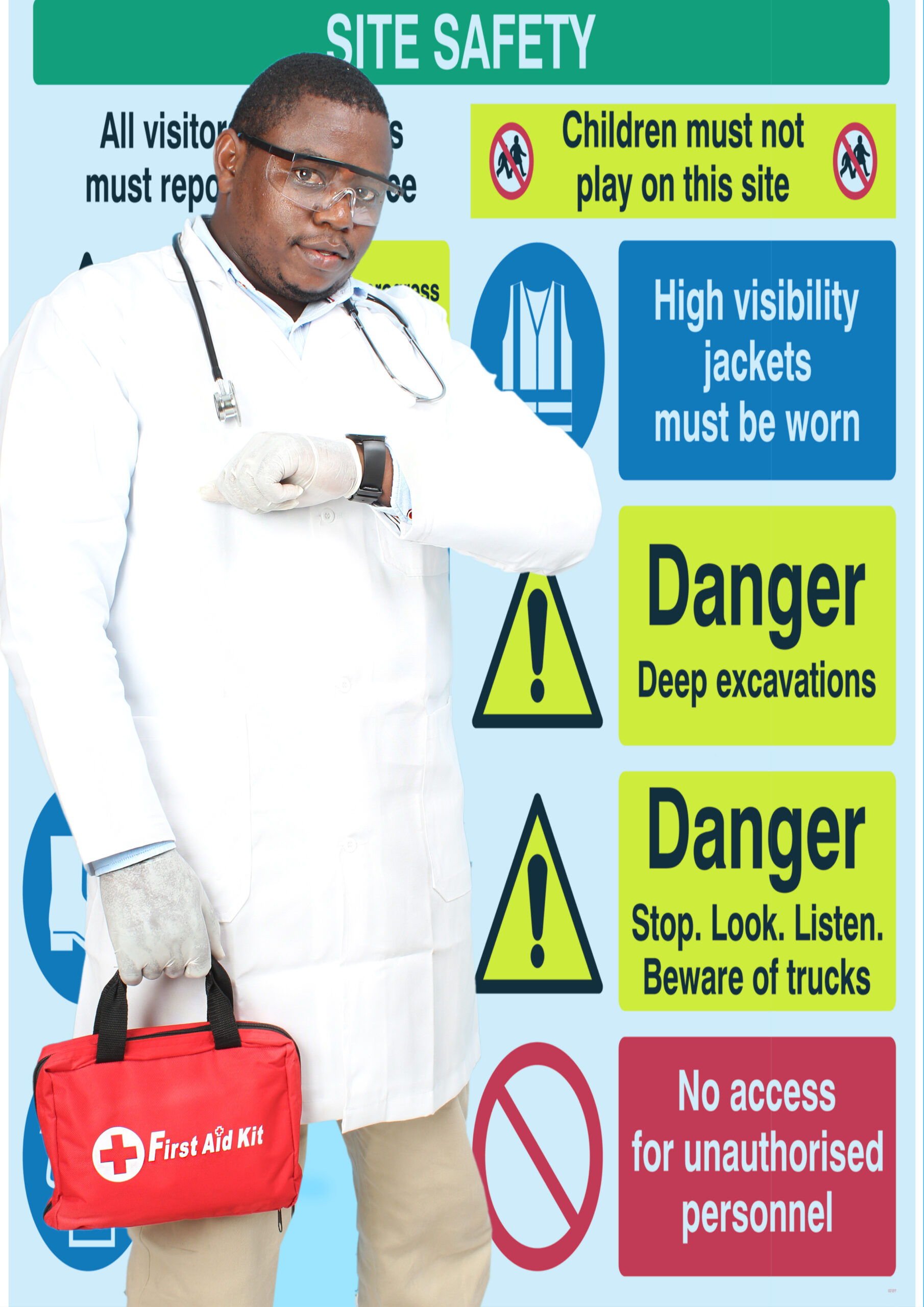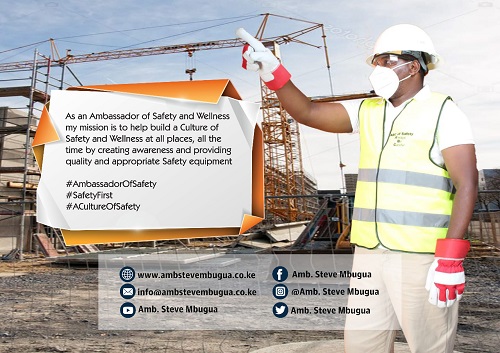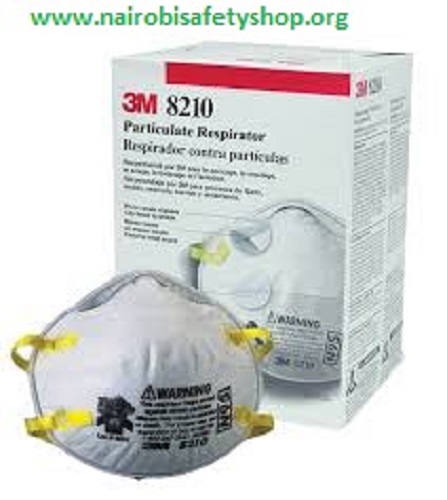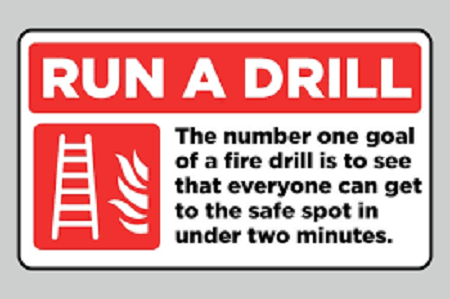Since 2012 as an Ambassador of safety Trainer I have been conducting Safety Professional Trainings as Well as Certified Emergency First Responder rising to highest ranks of Training Manager and Director of training with different agencies like the St John Ambulance Kenya before becoming a fully fledged Ambassador of Safety. I have coordinator dozens of Safety Conferences, Seminars, Workshops and Trainings including having organized the first World Safety Day and First Aid events in Kenya. From my experiences I have prepared the below guideline.
1. Certified Safety Professional (CSP)
o Description: The CSP certification is offered by the Board of Certified Safety Professionals (BCSP). It is considered the gold standard for safety professionals, focusing on comprehensive safety management principles, hazard control, risk assessment, and safety program development.
o Target Audience: Safety professionals with experience in safety management, hazard control, and risk assessment across various industries.
2. Occupational Health and Safety Technologist (OHST)
o Description: OHST certification, also from BCSP, focuses on technical aspects of occupational health and safety. It covers hazard recognition, incident investigation, safety regulations, and implementing safety programs.
o Target Audience: Technicians and specialists involved in implementing safety procedures and protocols in the workplace.
3. Construction Health and Safety Technician (CHST)
o Description: CHST certification is designed for safety professionals working in the construction industry. It emphasizes construction safety management principles, hazard identification, OSHA standards, and site-specific safety programs.
o Target Audience: Safety professionals responsible for overseeing safety on construction sites and ensuring compliance with safety regulations.
4. Certified Industrial Hygienist (CIH)
o Description: CIH certification, offered by the American Board of Industrial Hygiene (ABIH), focuses on assessing and controlling workplace health hazards. It covers topics such as exposure assessment, ventilation systems, chemical hazards, and health risk analysis.
o Target Audience: Industrial hygienists and health professionals responsible for assessing and mitigating workplace health risks.
5. Certified Hazardous Materials Manager (CHMM)
o Description: CHMM certification, administered by the Institute of Hazardous Materials Management (IHMM), focuses on managing hazardous materials and waste. It covers regulations, risk assessment, emergency response planning, and environmental protection.
o Target Audience: Professionals involved in managing hazardous materials, ensuring compliance with environmental regulations, and implementing safety measures.
6. Certified Safety and Health Manager (CSHM)
o Description: CSHM certification, offered by the Institute for Safety and Health Management (ISHM), focuses on safety management principles across various industries. It covers risk assessment, safety program development, leadership in safety, and regulatory compliance.
o Target Audience: Safety managers and professionals responsible for developing, implementing, and managing safety programs within organizations.
7. Certified Safety and Health Official (CSHO)
o Description: CSHO certification, often associated with OSHA (Occupational Safety and Health Administration) training programs, certifies individuals in OSHA regulations and workplace safety standards. It focuses on compliance, inspection techniques, and hazard identification.
o Target Audience: Safety inspectors, compliance officers, and professionals involved in enforcing workplace safety regulations.
8. Graduate Safety Practitioner (GSP)
o Description: The GSP designation is a BCSP certification for recent graduates or entry-level safety professionals. It provides a pathway to earning the CSP certification by demonstrating foundational knowledge in safety management principles and practices.
o Target Audience: Recent graduates and entry-level professionals seeking to establish a career in occupational safety and health.
9. Associate Safety Professional (ASP)
o Description: ASP certification, also from BCSP, is an intermediate-level certification focusing on safety management principles, hazard control, and regulatory compliance. It serves as a stepping stone towards earning the CSP certification.
o Target Audience: Safety professionals with some experience in safety management and hazard control, preparing to advance their careers.
10. Certified Environmental Safety and Health Trainer (CET)
o Description: CET certification, offered by the National Safety Council (NSC), focuses on training techniques and methodologies in environmental safety and health. It covers adult learning principles, instructional design, and effective training delivery.
o Target Audience: Safety trainers and educators responsible for developing and delivering safety training programs within organizations.
11. Safety Management Specialist (SMS)
o Description: SMS certification, offered by ISHM, focuses on advanced safety management principles and practices. It covers strategic planning, organizational leadership in safety, risk management, and safety program evaluation.
o Target Audience: Experienced safety professionals in leadership roles, responsible for strategic safety management and program development.
12. Certified Occupational Safety Specialist (COSS)
o Description: COSS certification, administered by the National Center for Construction Education and Research (NCCER), emphasizes safety management in the construction industry. It covers OSHA regulations, hazard assessment, safety program development, and leadership in safety.
o Target Audience: Safety specialists and managers in the construction industry, ensuring compliance with safety standards and implementing safety protocols.
13. First Aid/CPR Certification
o Description: First Aid and CPR certifications are essential for providing immediate medical assistance in emergencies. Training covers basic life support techniques, injury assessment, and response procedures.
o Target Audience: Employees across all industries, including safety professionals, required to respond effectively to medical emergencies in the workplace.
These certifications and training programs equip safety professionals with the knowledge, skills, and credentials necessary to ensure workplace safety, manage risks effectively, and comply with regulatory requirements across various industries.
Detailed Information on Different Types of Safety Training
1. Fire Safety Training
o Description: Fire safety training educates employees on fire prevention measures, use of fire extinguishers, evacuation procedures, and conducting fire drills. It covers identifying fire hazards, emergency response protocols, and the importance of early detection and reporting.
o Target Audience: All employees, with specific roles for fire wardens or safety officers responsible for coordinating fire safety efforts.
2. First Aid Training
o Description: First aid training equips individuals with basic medical skills to provide immediate assistance in case of injuries or medical emergencies. Topics include wound care, CPR (Cardiopulmonary Resuscitation), treating burns, fractures, and responding to incidents until professional medical help arrives.
o Target Audience: All employees, particularly designated first aid responders and safety officers responsible for emergency response.
3. CPR Training
o Description: CPR training teaches techniques to perform cardiopulmonary resuscitation on individuals experiencing cardiac arrest. It covers chest compressions, rescue breathing, and using automated external defibrillators (AEDs) effectively until medical professionals arrive.
o Target Audience: Employees in roles where immediate response to cardiac emergencies is critical, including safety officers, healthcare providers, and designated responders.
4. Hazardous Materials Handling
o Description: Hazardous materials handling training focuses on safe practices for handling, storing, transporting, and disposing of hazardous substances. It includes identifying hazards, using appropriate personal protective equipment (PPE), emergency response procedures, and compliance with regulatory requirements.
o Target Audience: Employees handling chemicals, biological materials, or other hazardous substances in laboratories, industrial settings, or during transportation.
5. Personal Protective Equipment (PPE) Training
o Description: PPE training instructs employees on selecting, using, and maintaining personal protective equipment such as helmets, gloves, goggles, and respirators. It covers the importance of PPE, proper fit, inspection, storage, and disposal.
o Target Audience: All employees required to use PPE according to job-specific hazards and safety regulations.
6. Emergency Evacuation Training
o Description: Emergency evacuation training prepares employees to respond safely and efficiently during evacuations due to fires, natural disasters, or other emergencies. It includes evacuation routes, assembly points, assisting others, and procedures for disabled individuals.
o Target Audience: All employees, with designated roles for evacuation wardens or safety officers responsible for coordinating evacuations.
7. Workplace Ergonomics
o Description: Workplace ergonomics training focuses on optimizing workstations and tasks to prevent musculoskeletal disorders (MSDs) and improve comfort and productivity. It covers ergonomic principles, adjusting workspaces, using ergonomic tools, and promoting proper posture and movement.
o Target Audience: Employees who perform repetitive tasks, work at computer stations, or are prone to ergonomic-related injuries.
8. Lockout/Tagout Procedures
o Description: Lockout/tagout (LOTO) training ensures employees understand procedures for safely isolating energy sources during equipment maintenance or servicing to prevent accidental startup. It covers equipment de-energization, lockout/tagout devices, verification procedures, and worker responsibilities.
o Target Audience: Maintenance personnel, technicians, and operators involved in equipment servicing or maintenance activities.
9. Electrical Safety
o Description: Electrical safety training provides guidelines for working safely with or around electrical equipment and systems. It covers electrical hazards, safe work practices, use of personal protective equipment (PPE), electrical incident response, and compliance with electrical codes and standards.
o Target Audience: Electricians, maintenance personnel, and employees working with electrical equipment or in proximity to electrical hazards.
10. Confined Space Entry
o Description: Confined space entry training educates employees on safe entry, work, and rescue procedures in confined spaces such as tanks, silos, and sewers. It covers hazard assessment, atmospheric monitoring, ventilation, permit requirements, emergency response, and rescue protocols.
o Target Audience: Workers involved in confined space entry, including supervisors, attendants, and rescue team members.
11. Machine Operation Safety
o Description: Machine operation safety training provides guidelines for safely operating machinery to prevent accidents and injuries. It covers startup/shutdown procedures, machine guarding, safe operating practices, emergency stops, and recognizing machine-specific hazards.
o Target Audience: Operators, technicians, and maintenance personnel responsible for operating and maintaining machinery.
12. Fall Protection Training
o Description: Fall protection training teaches techniques and equipment for preventing falls from heights. It covers fall hazard recognition, types of fall protection systems (e.g., guardrails, harnesses, nets), inspection, setup, proper use, and rescue procedures.
o Target Audience: Workers exposed to fall hazards, such as construction workers, roofers, and maintenance personnel.
13. Chemical Safety Training
o Description: Chemical safety training focuses on safe handling, storage, use, and disposal of hazardous chemicals. It includes chemical hazard identification, labeling, Material Safety Data Sheets (MSDS), emergency response procedures, and PPE requirements.
o Target Audience: Laboratory technicians, chemical handlers, and employees working with or near hazardous chemicals.
14. Driver Safety Training
o Description: Driver safety training educates employees on defensive driving techniques and safe vehicle operation to prevent road accidents. It covers traffic laws, hazard recognition, defensive driving maneuvers, vehicle inspections, and handling adverse conditions.
o Target Audience: Employees who drive company vehicles or commute for work, including delivery drivers and field service personnel.
15. Food Safety Training
o Description: Food safety training focuses on hygiene practices to prevent contamination and ensure safe preparation, handling, and storage of food. It covers personal hygiene, sanitation, temperature control, cross-contamination prevention, and regulatory requirements.
o Target Audience: Food handlers, chefs, kitchen staff, and anyone involved in food preparation and service.
16. Construction Safety Training
o Description: Construction safety training provides comprehensive safety measures specific to construction sites. It covers scaffolding safety, fall protection, excavation safety, equipment operation, hazard communication, and OSHA construction standards.
o Target Audience: Construction workers, supervisors, and site managers involved in building, renovation, or demolition projects.
17. Healthcare Safety Training
o Description: Healthcare safety training focuses on safe practices in medical settings to protect patients, healthcare workers, and visitors. It covers infection control, patient handling, biohazard exposure, emergency response, and compliance with healthcare regulations.
o Target Audience: Healthcare professionals, including nurses, doctors, medical assistants, and support staff in hospitals, clinics, and long-term care facilities.
18. Cybersecurity Training
o Description: Cybersecurity training educates employees on protecting digital information and systems from cyber threats. It covers data security best practices, recognizing phishing attacks, secure use of networks and devices, incident response, and compliance with data protection laws.
o Target Audience: IT professionals, employees with access to sensitive information, and anyone using computers or digital devices in the workplace.
19. Office Safety Training
o Description: Office safety training focuses on preventing common hazards in office environments, such as slips, trips, falls, and ergonomic injuries. It covers workstation setup, safe lifting techniques, emergency procedures, fire safety, and maintaining a safe office environment.
o Target Audience: Office workers, administrative staff, and managers responsible for office safety and emergency preparedness.
20. Noise Protection Training
o Description: Noise protection training teaches methods to protect hearing from excessive noise levels in the workplace. It covers noise hazard awareness, use of hearing protection devices (HPDs), noise control measures, audiometric testing, and regulatory compliance.
o Target Audience: Employees exposed to high noise levels, such as manufacturing workers, airport personnel, and construction workers.
In conclusion, safety training is a critical component of fostering a secure and prepared environment. Ambassador Steve Mbugua, as a renowned safety ambassador and trainer, emphasizes the importance of continuous learning and awareness. You can reach him via Whatsapp +254724036078, Email info@ambstevembugua.co.ke, Social Media Platforms as Amb Steve Mbugua, books and blogs on www.ambstevembugua.co.ke Through his comprehensive training sessions, seminars, and workshops, he empowers individuals and organizations to adopt a proactive approach to safety. By prioritizing safety education, we can build a culture of safety that protects lives and enhances overall well-being.
READ MORE
Most Globally Celebrated Safety Trainer
Conducting Safety Training, Seminars and Workshops
Safety Training Video
Largest Safety Company
Largest Safety Information Site



















